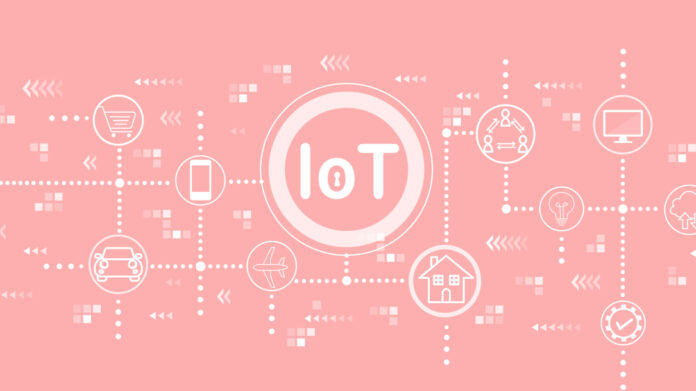
By Juan Pedro Tomás July 19, 2024
Collected at: https://www.rcrwireless.com/20240719/internet-of-things-4/global-cellular-iot-connectivity-market-reaches-15-2023
According to IoT Analytics, 5G IoT connections are forecasted to grow at a CAGR of 44% from 2024 to 2030
The global cellular IoT connectivity market generated revenues of $15 billion from a total of 3.6 billion cellular IoT connections in 2023, according to a recent report by IoT Analytics.
The consolidated market saw its top five mobile IoT network operators manage 83% of all global cellular IoT connections, and the top five by revenue receive 64% of the combined revenue, according to the report.
China Mobile contributed 46% of global cellular IoT connections and 20% of global cellular IoT connectivity revenue in 2023. China Mobile’s cellular IoT connections grew by 20% year-on-year chiefly due to its one-stop solution strategy, shifting focus from pure connectivity to comprehensive solutions, IoT Analytics said.
Meanwhile, China Telecom contributed 15% of global cellular IoT connections and 7% of global cellular IoT connectivity revenue last year. China Telecom’s cellular IoT connection surged by 28% year-on-year due to a focus on urban management solutions, the research firm said.
China Unicom contributed 14% of global cellular IoT connections and 10% of global cellular IoT connectivity revenue. The carrier’s cellular IoT connection grew by 28% compared to the previous year due to the adoption of 4G and 5G high-speed technologies.
Meanwhile, U.K.-based Vodafone contributed 5% of global cellular IoT connections and 9% of global cellular IoT connectivity revenue last year. IoT Analytics highlighted that Vodafone’s cellular IoT connection grew by 15% year-on-year due to strong demand from the automotive sector.
U.S. telco AT&T contributed 4% of global cellular IoT connections and 12% of global cellular IoT connectivity revenue, with its cellular IoT connection growing by 19% year-on-year also due to the high demand from the automotive sector.
Satyajit Sinha, principal analyst at IoT Analytics, noted that “5G RedCap is set to transform the IoT landscape by making 5G features more accessible and supporting numerous applications, from industrial IoT to consumer IoT. Its design optimizations, such as reduced channel bandwidth and capped modulation order, enhance device efficiency and cost-effectiveness. Riding on existing 5G infrastructure, RedCap ensures the longevity of current deployments and eases the transition to next-generation connectivity. It outperforms LTE Cat 1 and Cat-4, with better uplink performance and extended battery life, meeting the critical needs of mid-speed use cases like wearables and smart cameras.”
The report forecasted that 5G and 5G RedCap will contribute nearly 50% of mobile operator IoT connectivity revenue by 2030. It also forecasts that 5G and 5G RedCap will drive the global cellular IoT connectivity market up to a CAGR of 18% from 2024 to 2030 as they increase their combined market revenue share to a near majority by the end of this timeframe. According to IoT Analytics, 5G IoT connections are forecasted to grow at a CAGR of 44% from 2024 to 2030.
The report noted that IoT devices embedded with the RedCap module do not require tight or deterministic latency as in time-critical communications applications. Such devices require a data rate of less than 150 Mbps for download and less than 50 Mbps for upload, with a latency of less than 100 milliseconds. “This reduces the complexity of the devices and keeps the costs down, leading to a noticeable increase in consumer, enterprise, and industrial devices using 5G RedCap hitting the market,” the firm concluded.

Leave a Reply